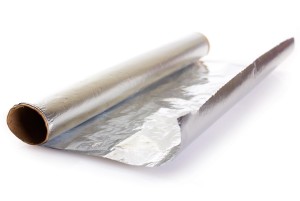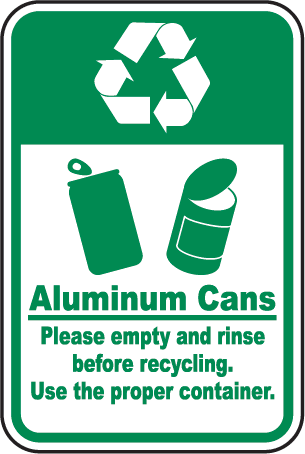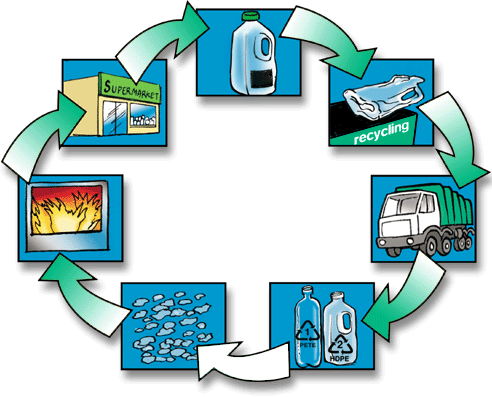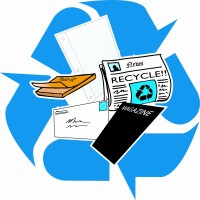
Currently Americans are recycling 2 of every 3 aluminum cans that are being used. That’s a good start, but we can do better.
Aluminum Old Recycling Facts:
- During the last 20 years we have wasted over 11 million tons of aluminum cans. That is about $12 billion today.
- It took 19 aluminum cans to make one pound 20 years ago. Now, there are lighter cans, it takes 29 cans to make a pound.
- The aluminum industry paid over 1 billion in 1997 for all the recycled items.

Facts About the Current State of Aluminum Recycling
- Recycling one aluminum can, can save the same amount of energy that is necessary to keep a 100 watt light bulb burning for about 4 hours.
- Using recycled aluminum to make beverage cans can cut air pollution by almost 95 percent.
- It’s possible for a recycled aluminum can to be back on a store shelf in about 90 days.
Different Types of Aluminum That Can Be Recycled
Most people think of aluminum cans when considering aluminum items that can be recycled. There are, however, several things made of aluminum that can be recycled. Just look around your house, most windows have an aluminum border on the screens.
In spite of the progress we’re making we still waste an incredible amount of aluminum. It’s important to remember that there is no limit to how many times aluminum can be recycled.
 It is estimated that 2.5 million water bottles are used every hour. Most are tossed away in garbage containers and end up under the soil. The chemicals used in the plastic
It is estimated that 2.5 million water bottles are used every hour. Most are tossed away in garbage containers and end up under the soil. The chemicals used in the plastic 